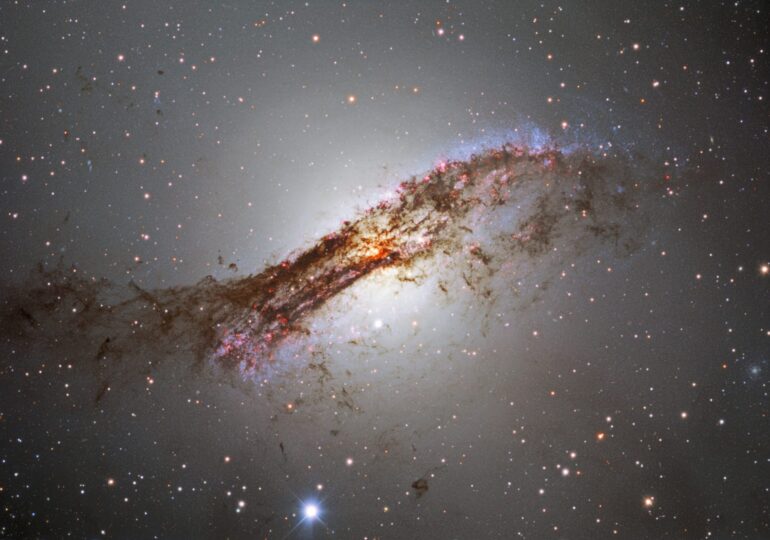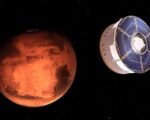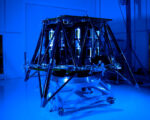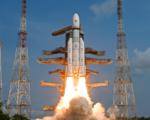Chandrayaan-4 Mission Receives Green Light from Government to Retrieve Lunar Samples
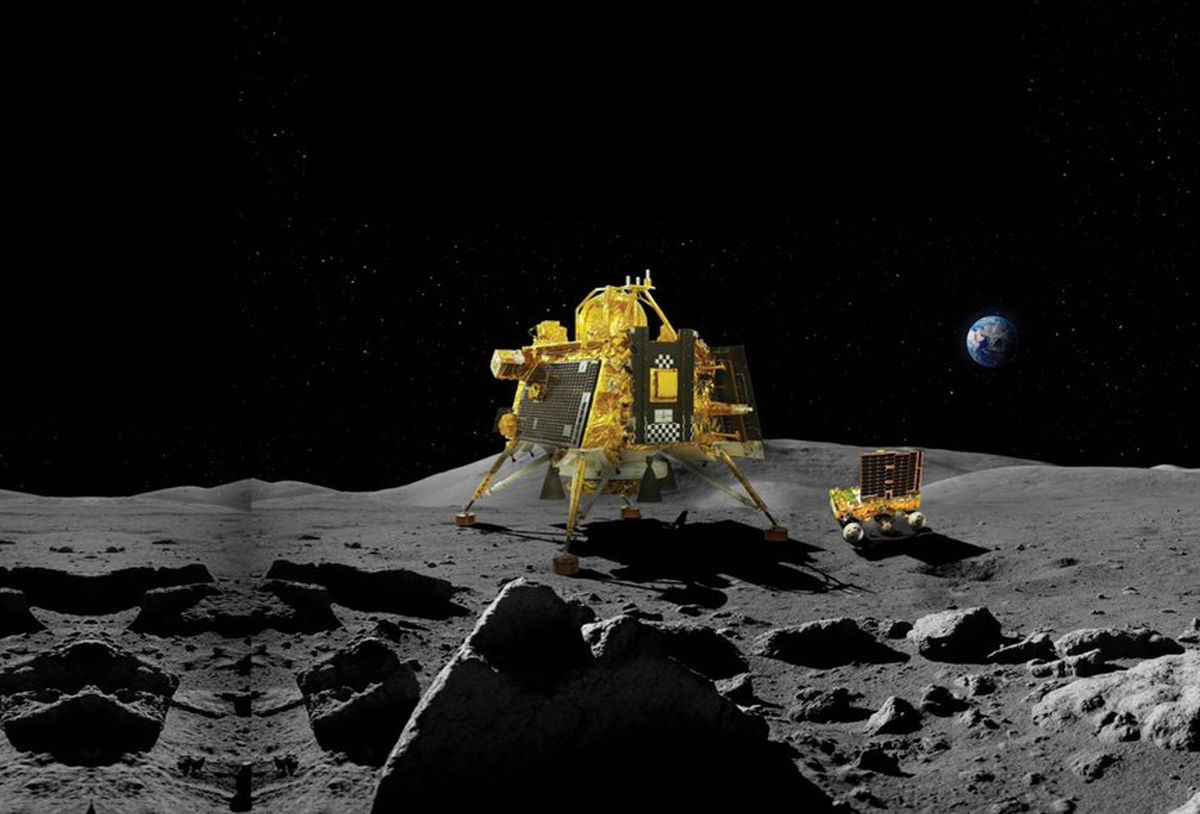
Chandrayaan-4 Set to Land on the Moon, Gather Samples, and Return to Earth, Advancing Future Exploration Plans
Chandrayaan-4 Mission Receives Government Approval for Lunar Sample Retrieval
The Chandrayaan-4 mission has recently secured approval from the Union Cabinet, led by Prime Minister Narendra Modi, marking a pivotal moment in India’s lunar exploration agenda. This mission aims to take a bold step beyond previous endeavors by not only targeting a successful landing on the Moon but also focusing on returning samples back to Earth. The ability to collect and study lunar samples will provide valuable insights into the Moon’s composition and geology, advancing India’s position in global space exploration efforts. Ultimately, this mission signifies a crucial move towards India’s long-term ambition of landing humans on the Moon by 2040.
Chandrayaan-4: Advancing Lunar Return Technologies
Building on the success of the Chandrayaan-3 mission, Chandrayaan-4 is poised to enhance India’s technological prowess in space exploration. One of its primary objectives will be to develop critical technologies necessary for docking, undocking, landing, and ensuring a safe return from the Moon. This includes refining the mechanisms required for collecting lunar samples, which is essential for future manned missions. The strategic vision of the Indian government includes establishing an Indian Space Station by 2035, further solidifying India’s position in space science and exploration, with manned lunar landings planned for 2040.
Mission Timeline and Collaborative Efforts
According to official statements, the Chandrayaan-4 mission is expected to be completed within 36 months following its approval. The Indian Space Research Organisation (ISRO) will spearhead the mission’s development and launch, ensuring that the objectives are met within the stipulated timeframe. The mission will be characterized by significant collaboration with both industry and academic institutions, highlighting the importance of a multifaceted approach to space exploration. This collaboration aims to harness expertise and innovation from various sectors to enhance mission outcomes.
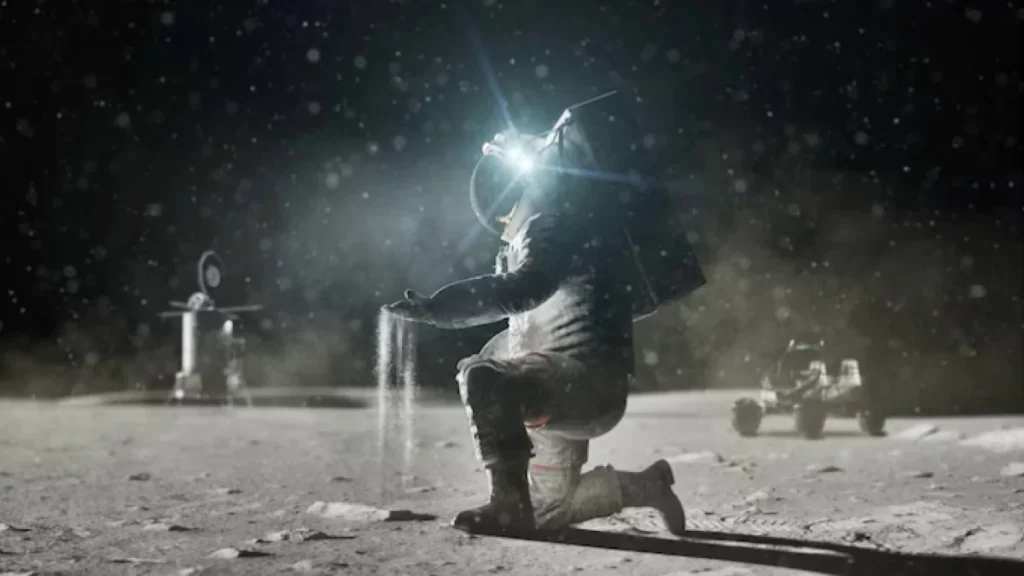
Budget Allocation and Resource Management
The government has allocated a substantial budget of ₹2104.06 crore for the Chandrayaan-4 mission. This funding will cover various aspects of the mission, including spacecraft development, launch vehicle missions, and the necessary deep space support infrastructure. By investing in these key areas, the mission is set to leverage India’s growing capabilities in space technology, further contributing to the nation’s scientific advancements and aspirations in space exploration.
Educational and Scientific Impact
Chandrayaan-4 is not only a mission aimed at technological achievements but also serves as a platform for education and scientific research. By bringing back lunar samples, India can contribute to global scientific knowledge and foster collaboration with international space agencies and researchers. The findings from these samples could lead to breakthroughs in our understanding of the Moon’s history and its geological processes, which in turn may inform future exploration endeavors.
A Step Towards a Sustainable Lunar Presence
The Chandrayaan-4 mission represents a significant leap towards establishing a sustainable human presence on the Moon. As India continues to build its capabilities in space exploration, the knowledge and technologies gained from this mission will play a vital role in preparing for future manned missions. By achieving successful lunar landings and return missions, India aims to join the ranks of nations capable of sustained exploration beyond Earth, paving the way for a new era of scientific discovery and exploration on the lunar surface



